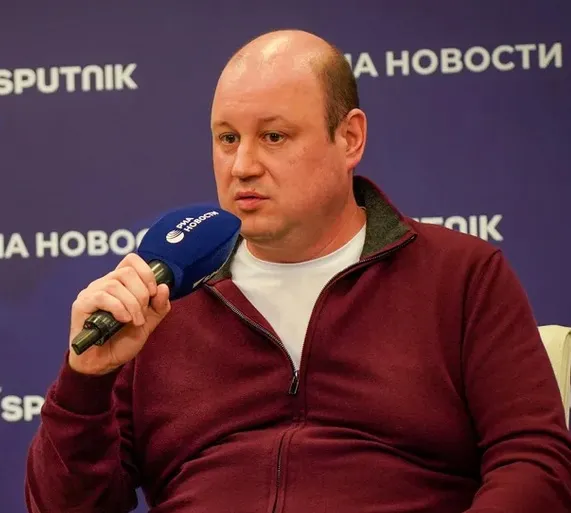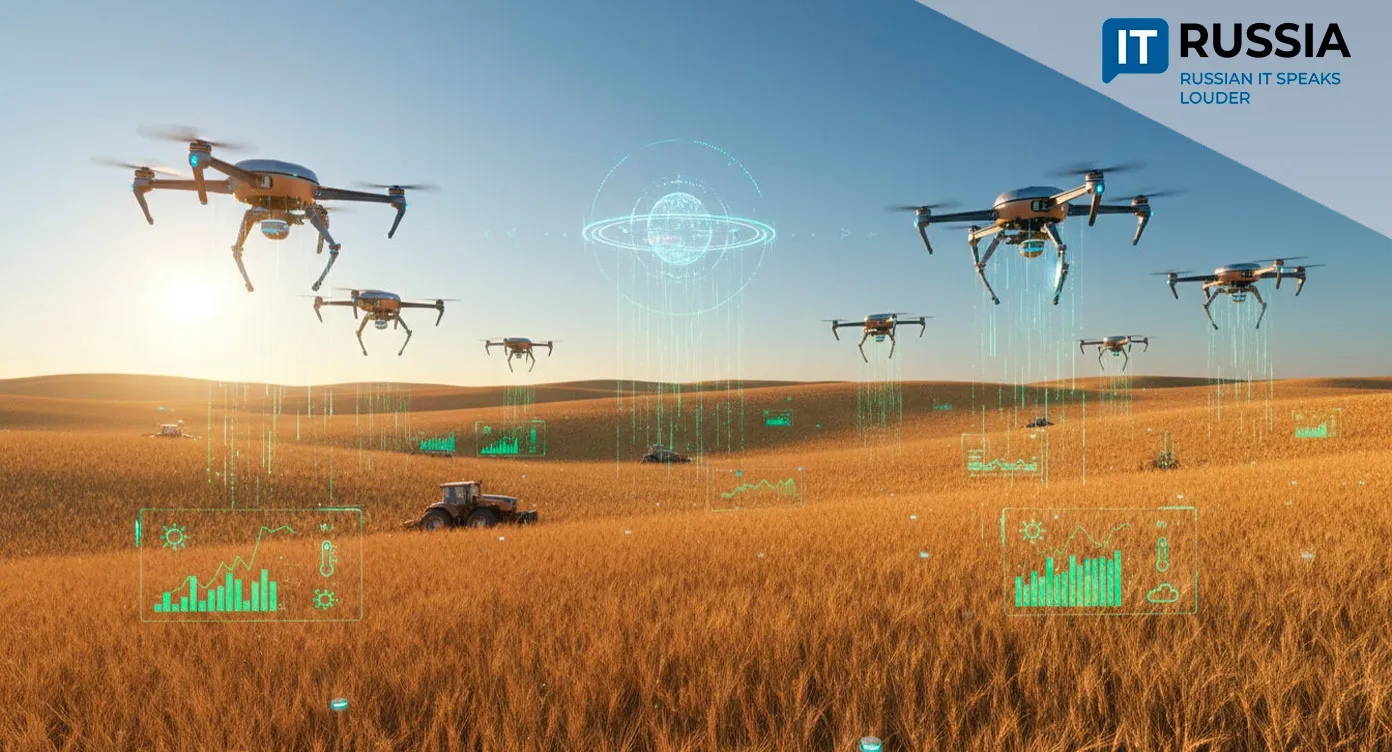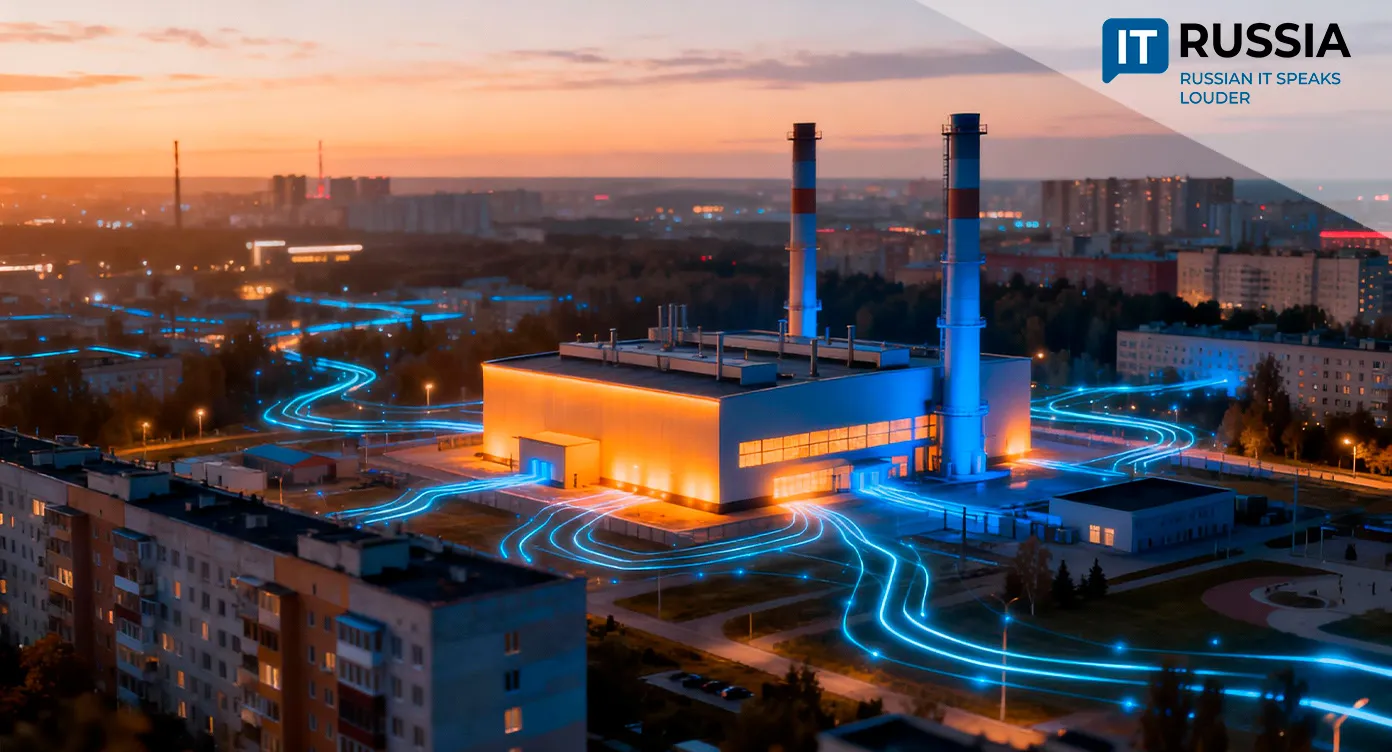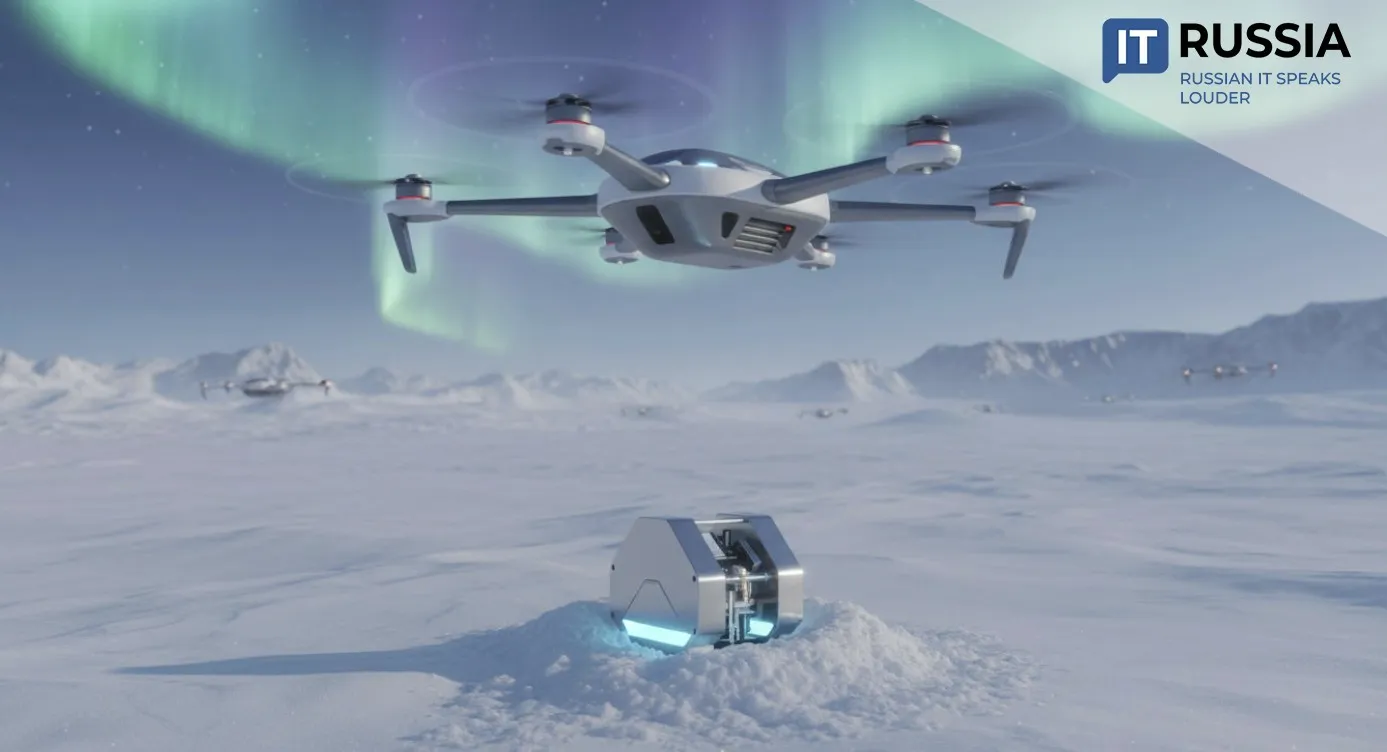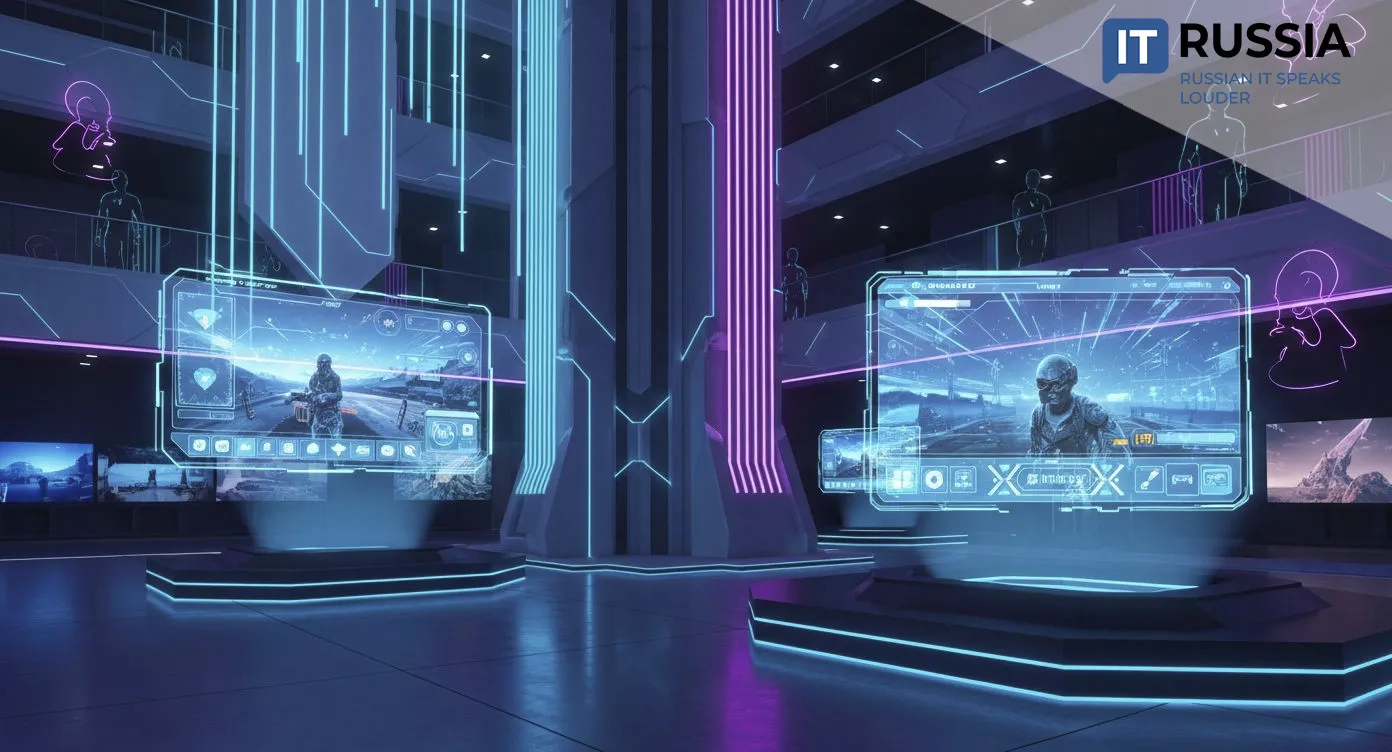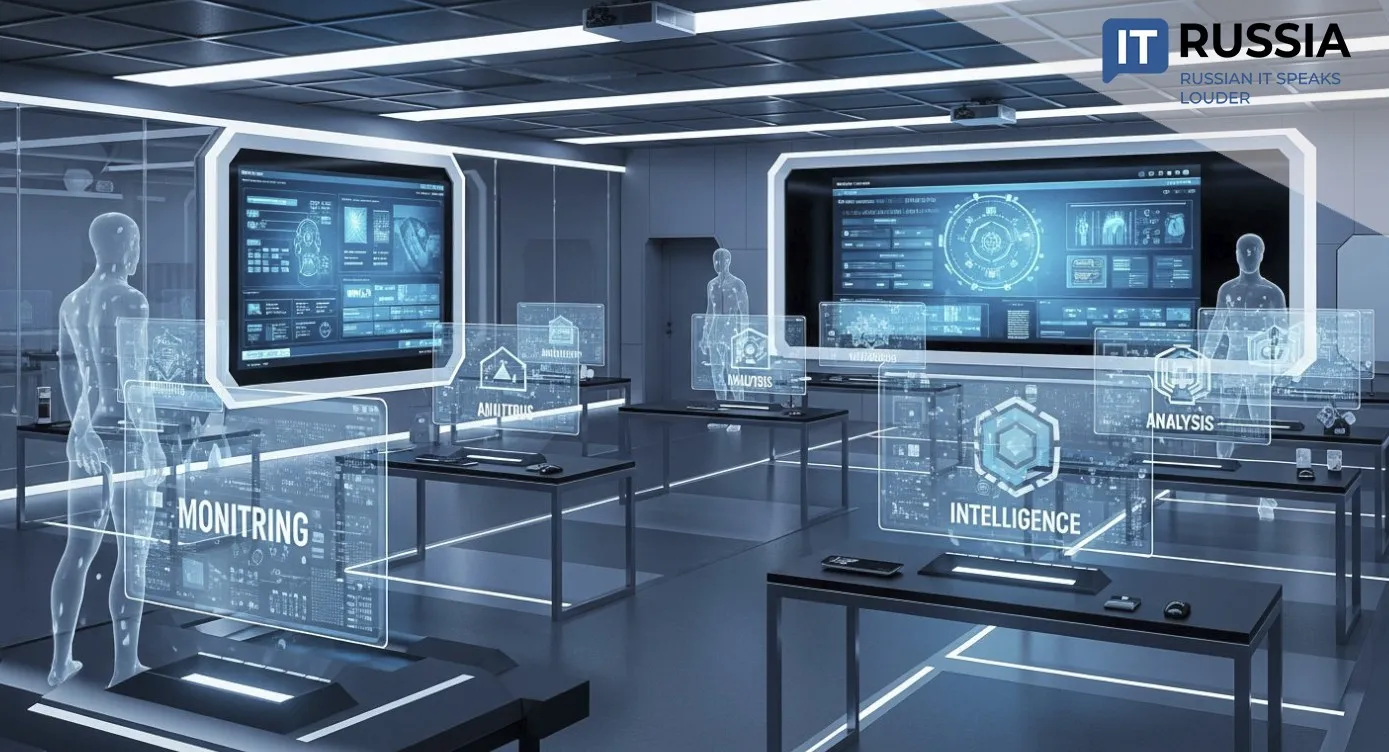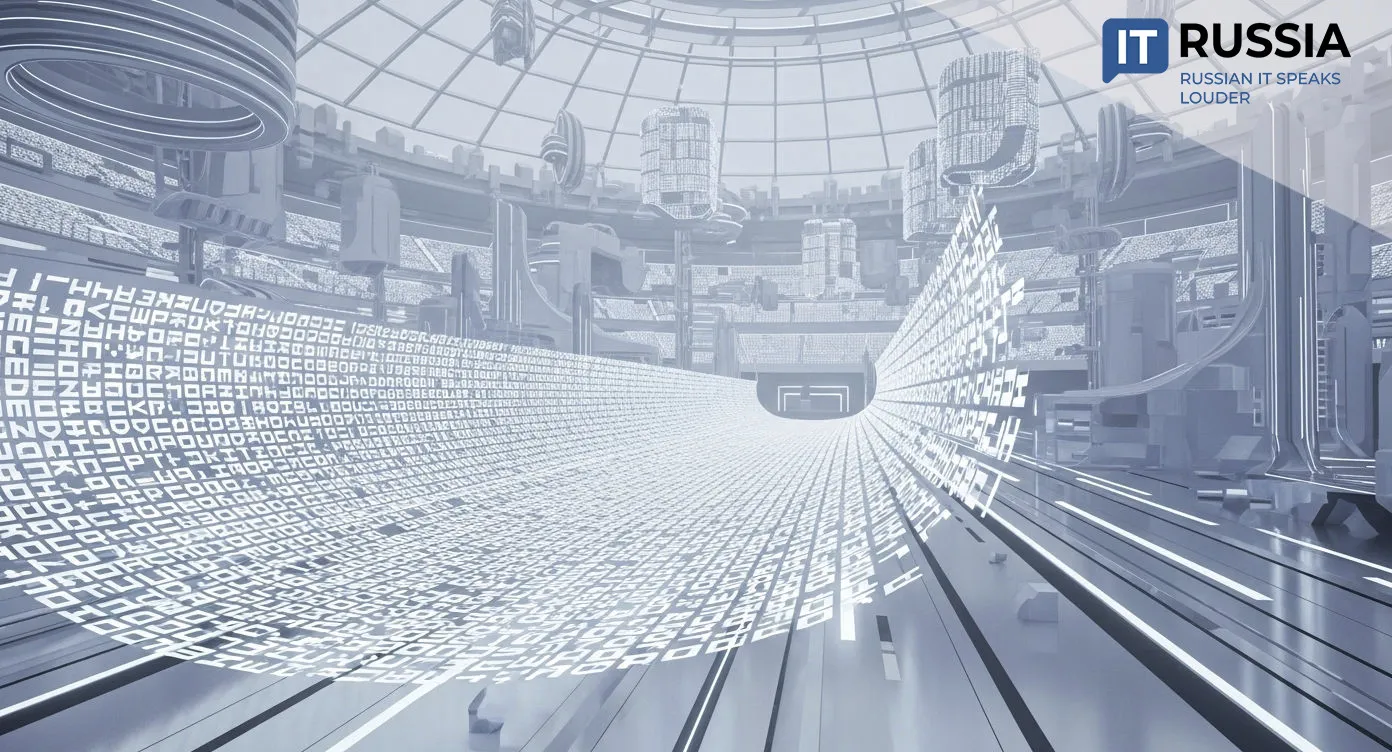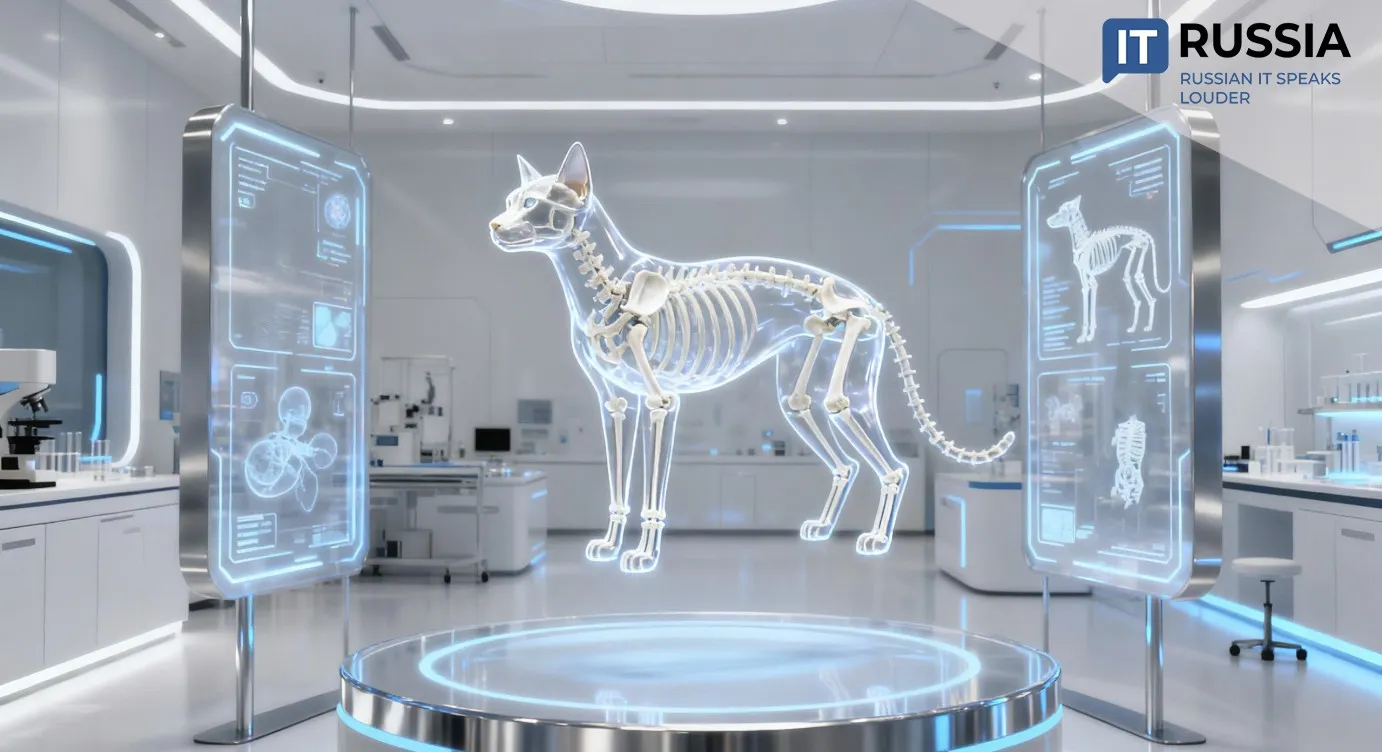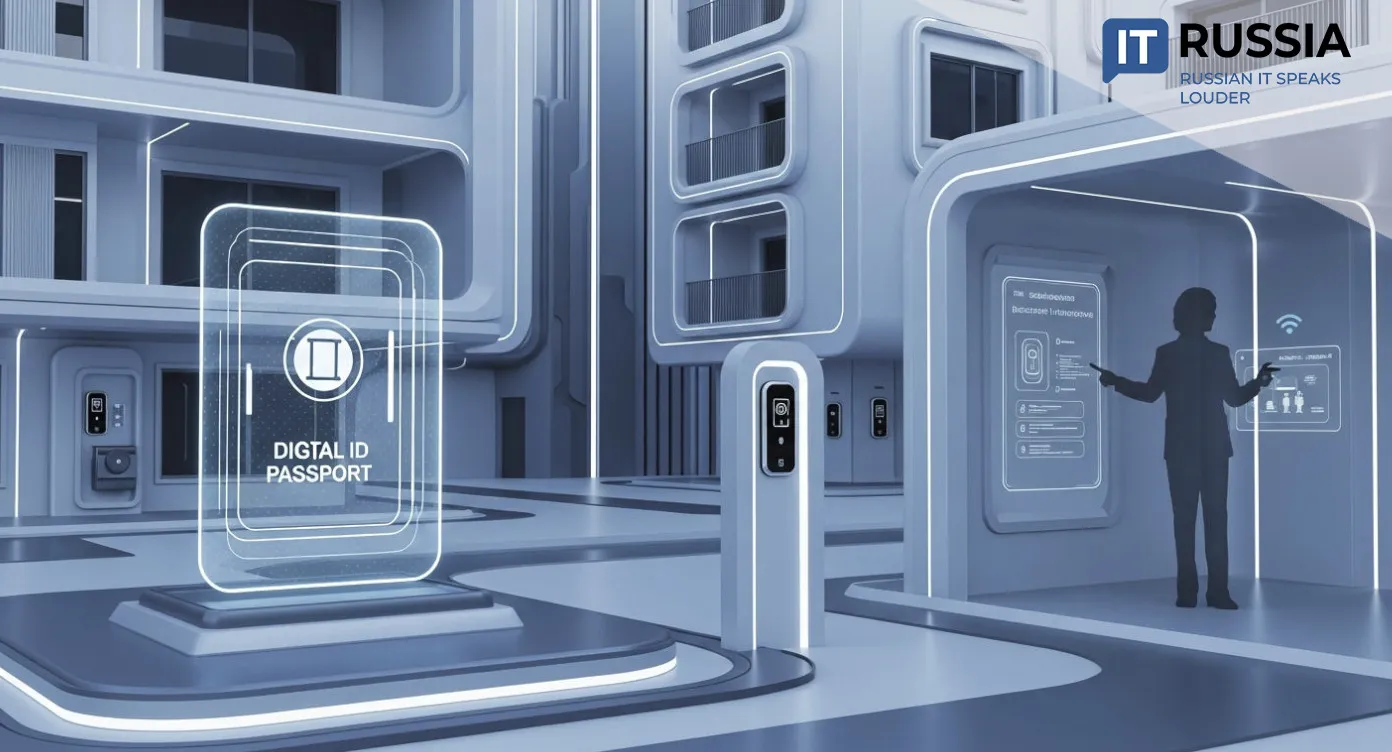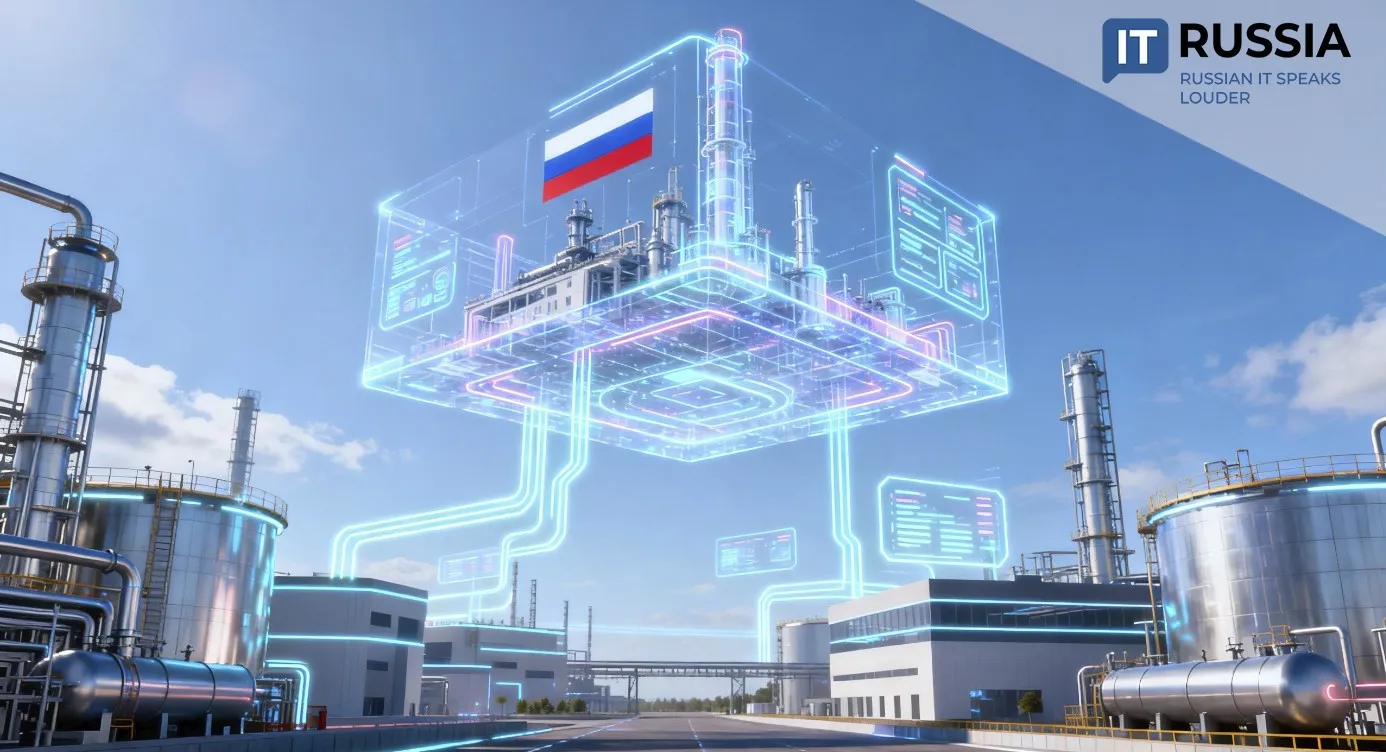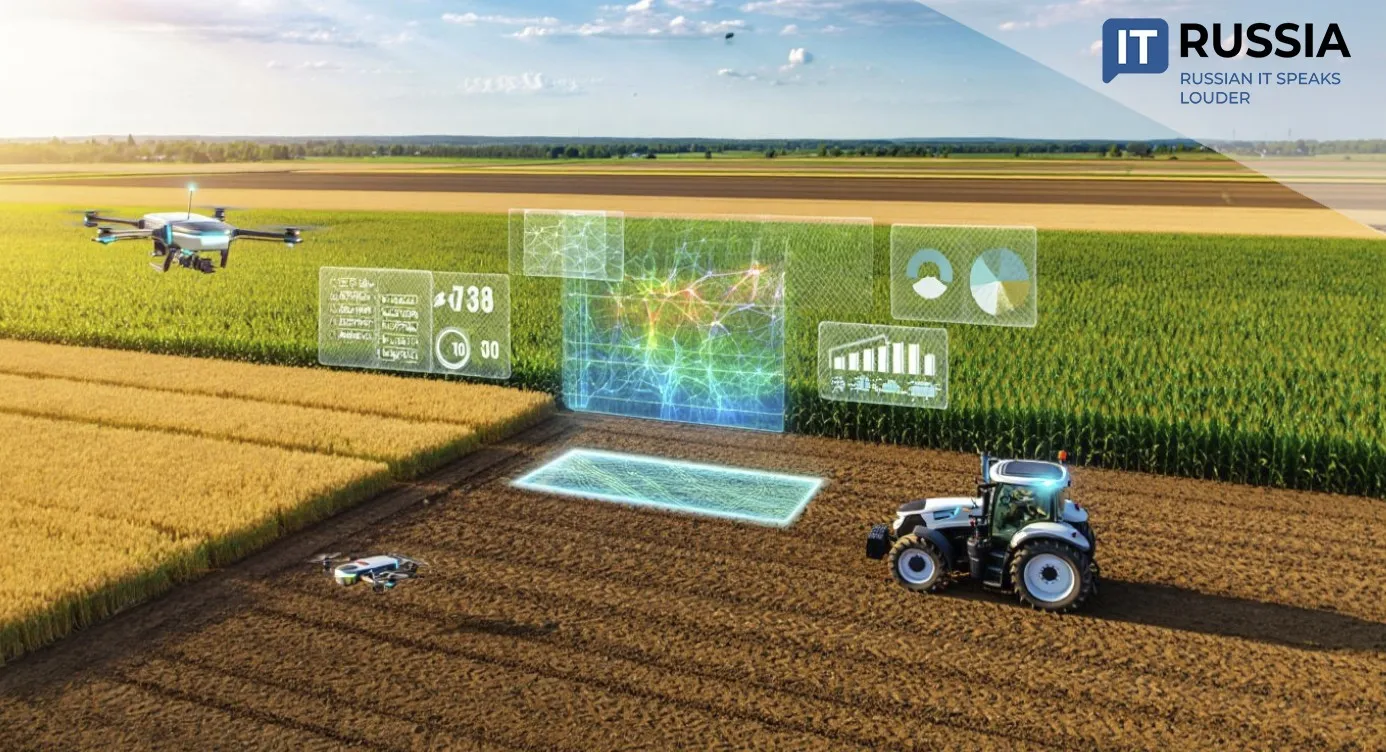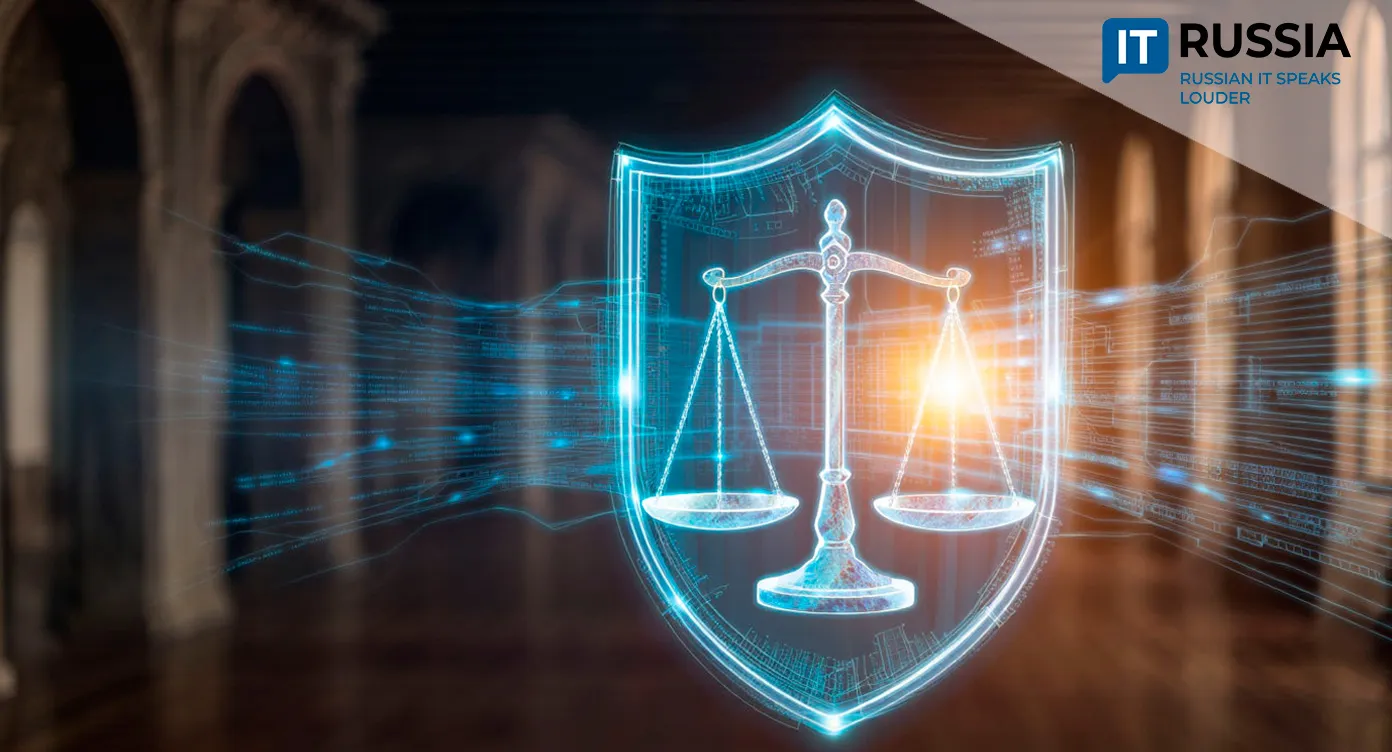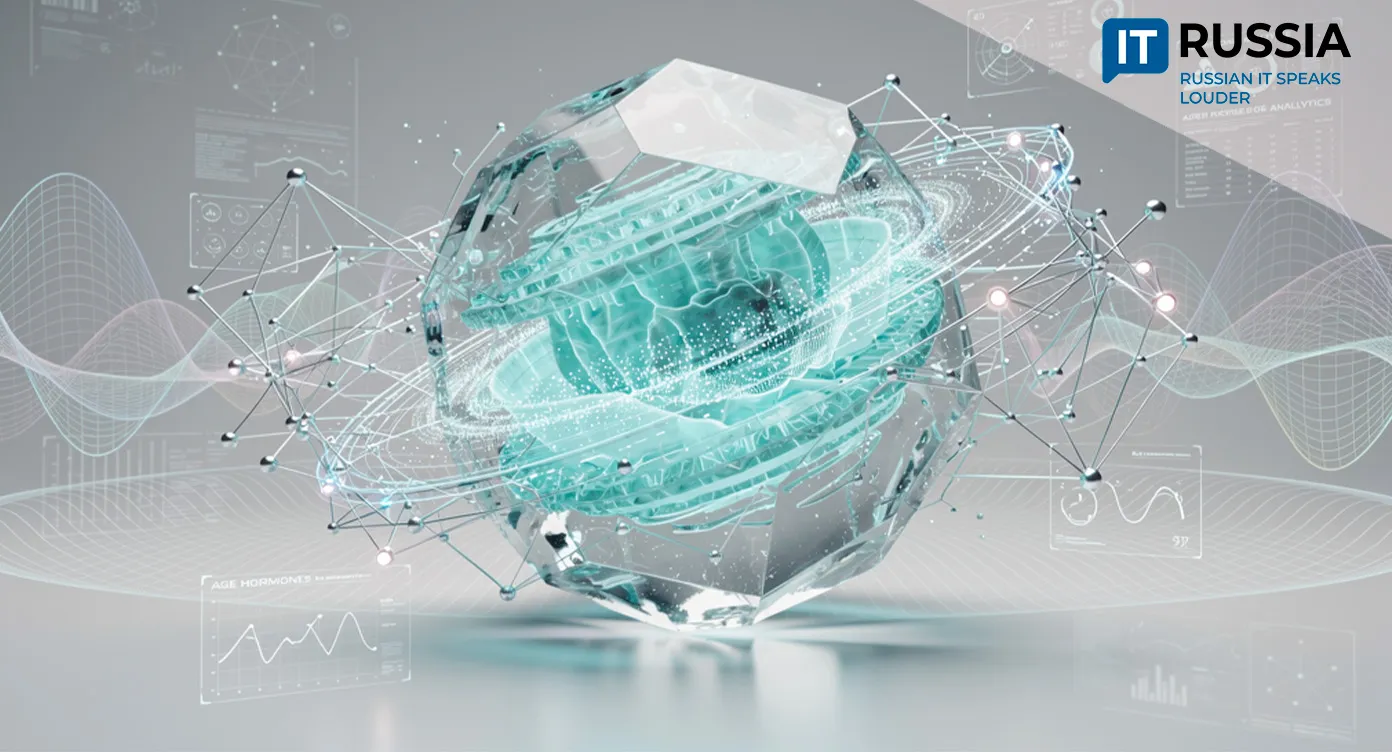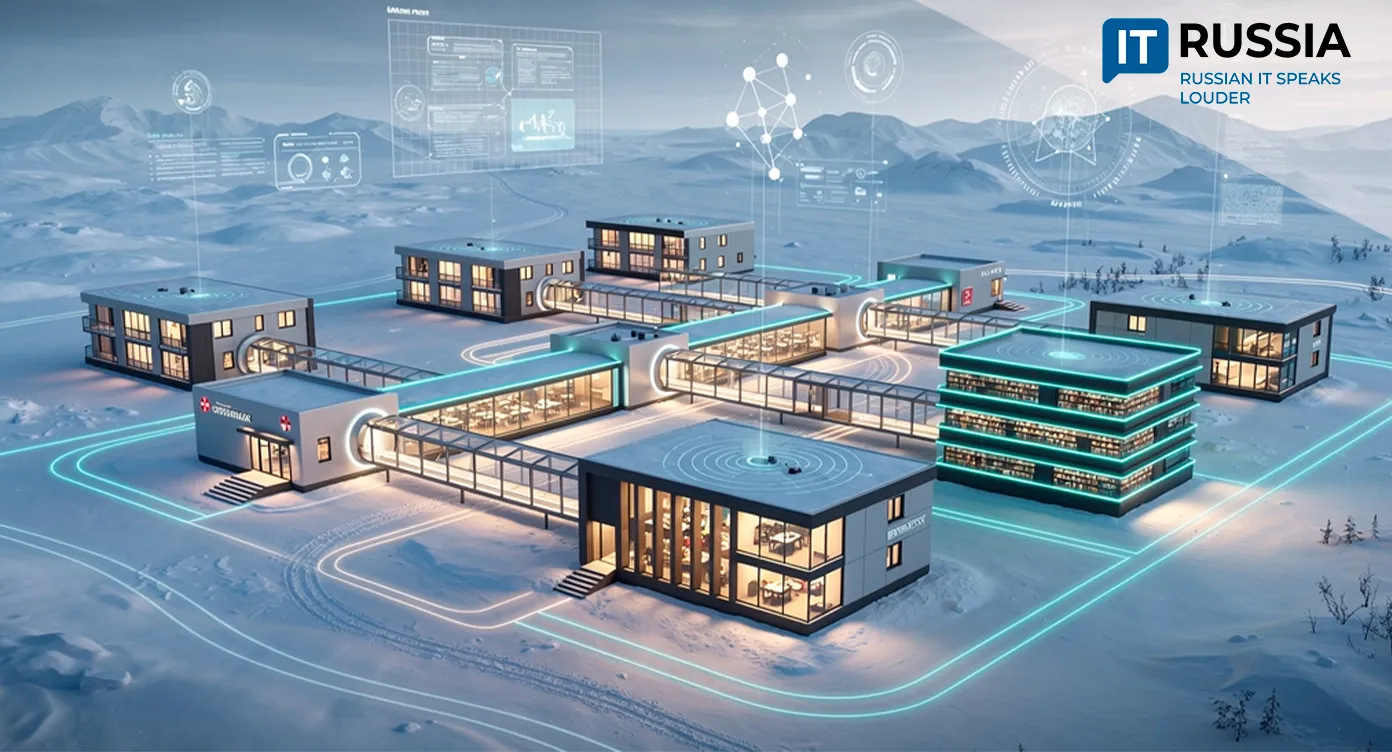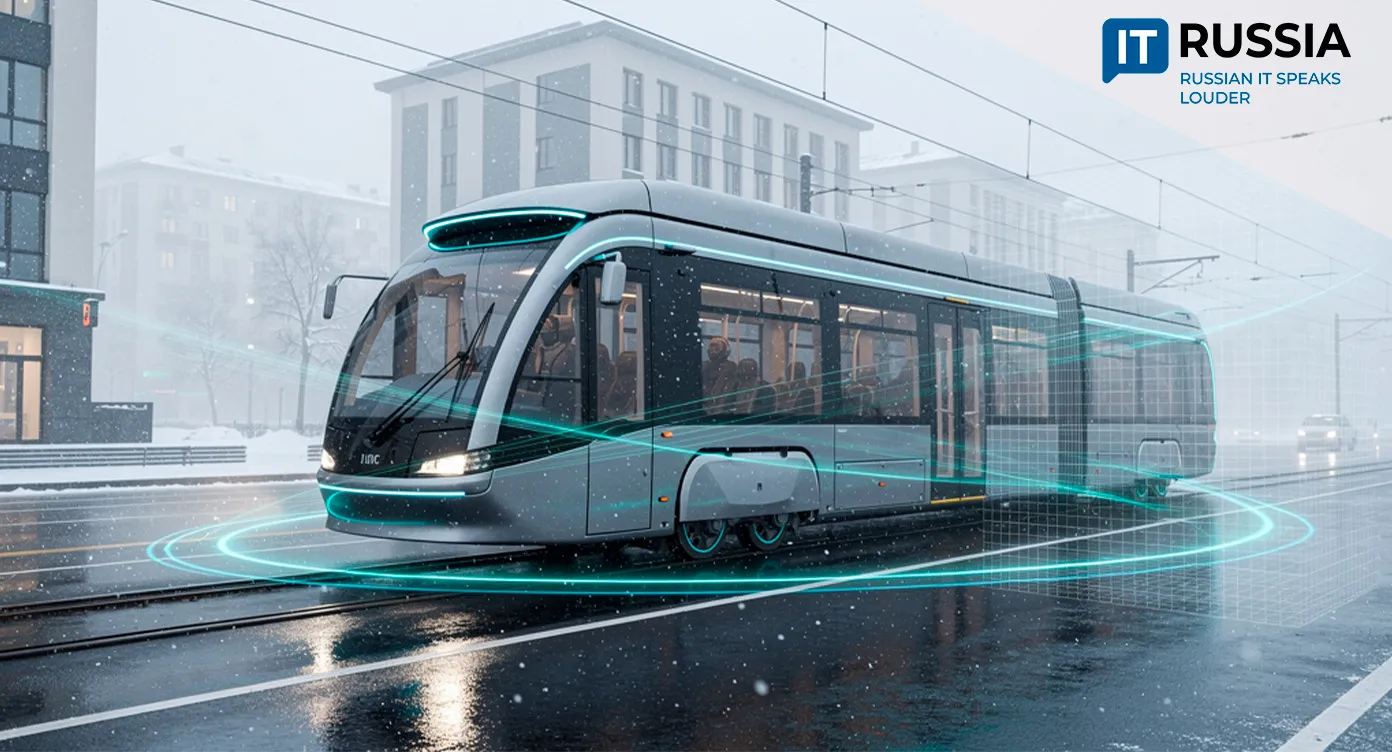Moscow’s Digital Twin: How a Virtual City Model Is Transforming Energy and Utilities
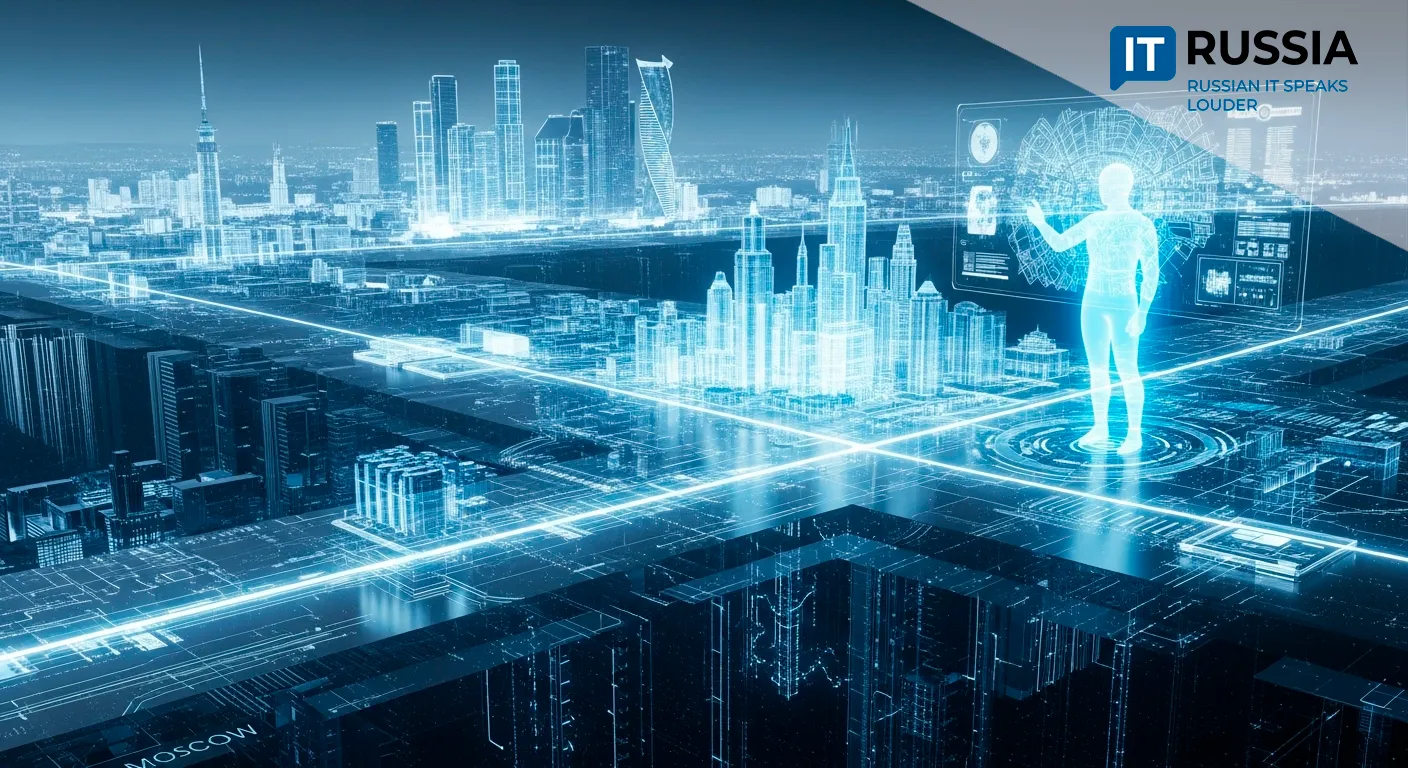
One of the most ambitious smart infrastructure projects in Russia, Moscow’s digital twin is reshaping how the city manages utilities, energy, and construction.
Key Functions in Energy and Utilities
Launched in 2019, Moscow’s Digital Twin project has evolved significantly over six years. Created using photogrammetry and enhanced with AI, the platform spans more than 3,200 square kilometers—making it one of the largest urban digital twins globally.
The platform allows for major infrastructure optimizations. All underground utilities are mapped in detail, enabling planners to avoid network conflicts during repairs and minimize excavation costs.

Dynamic layers track over 11,000 units of city equipment in real time, from public transport to construction machinery, ensuring accountability and efficient task execution. AI algorithms analyze sensor data from the power grid, predicting equipment wear and recommending preventive measures.
The system is also used in urban development. It assesses grid load, transport accessibility, and utility integration, reducing approval times by a third and minimizing design errors.
Evolution from Pilot to Global-Scale Project
Since 2021, the project has integrated AI to analyze CCTV data and monitor construction sites. By 2022, international academic journals began publishing articles on Moscow’s digital twin.
In 2023, the M.E.T.A. subsystem was added using Unreal Engine 5 to deliver photorealistic visualizations and simulations. That same year, the city introduced new 3D modeling standards for architectural and urban planning documentation, now mandatory for developers.
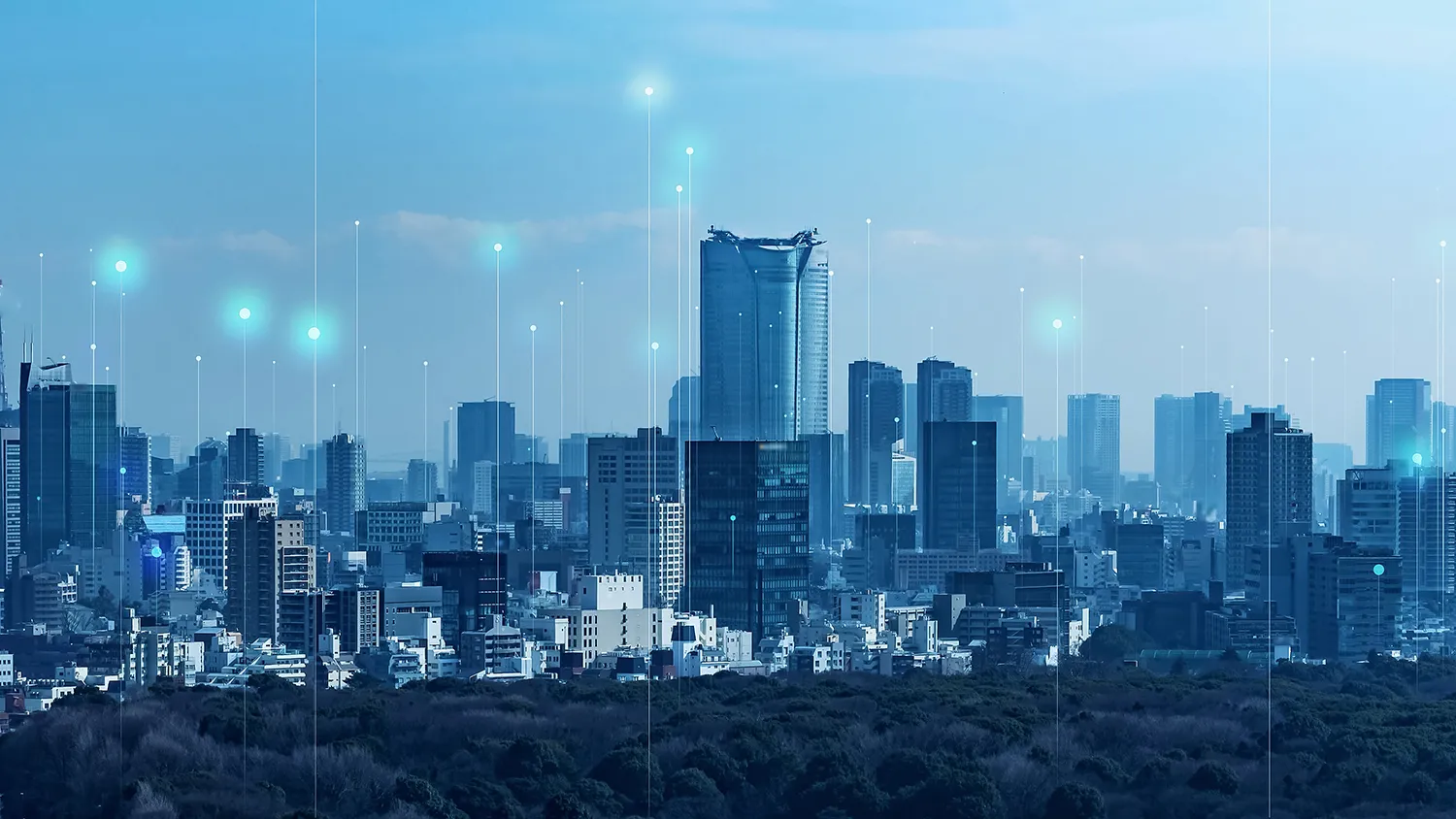
At the CIPR-2025 conference, Moscow’s government unveiled features for generative design and approved regulations requiring city agencies to upload digital models of new buildings to the central information system.
Future Outlook: From Smart Meters to Global Exports
Experts predict that by 2026, residential buildings will be integrated with IoT sensors to automate water and electricity readings and detect abnormal usage. Transportation simulations will also be used to optimize public transit and reduce road congestion.
By 2028, regional deployments are expected, with Kazan likely next. The expansion may necessitate the creation of national digital twin standards for utilities.
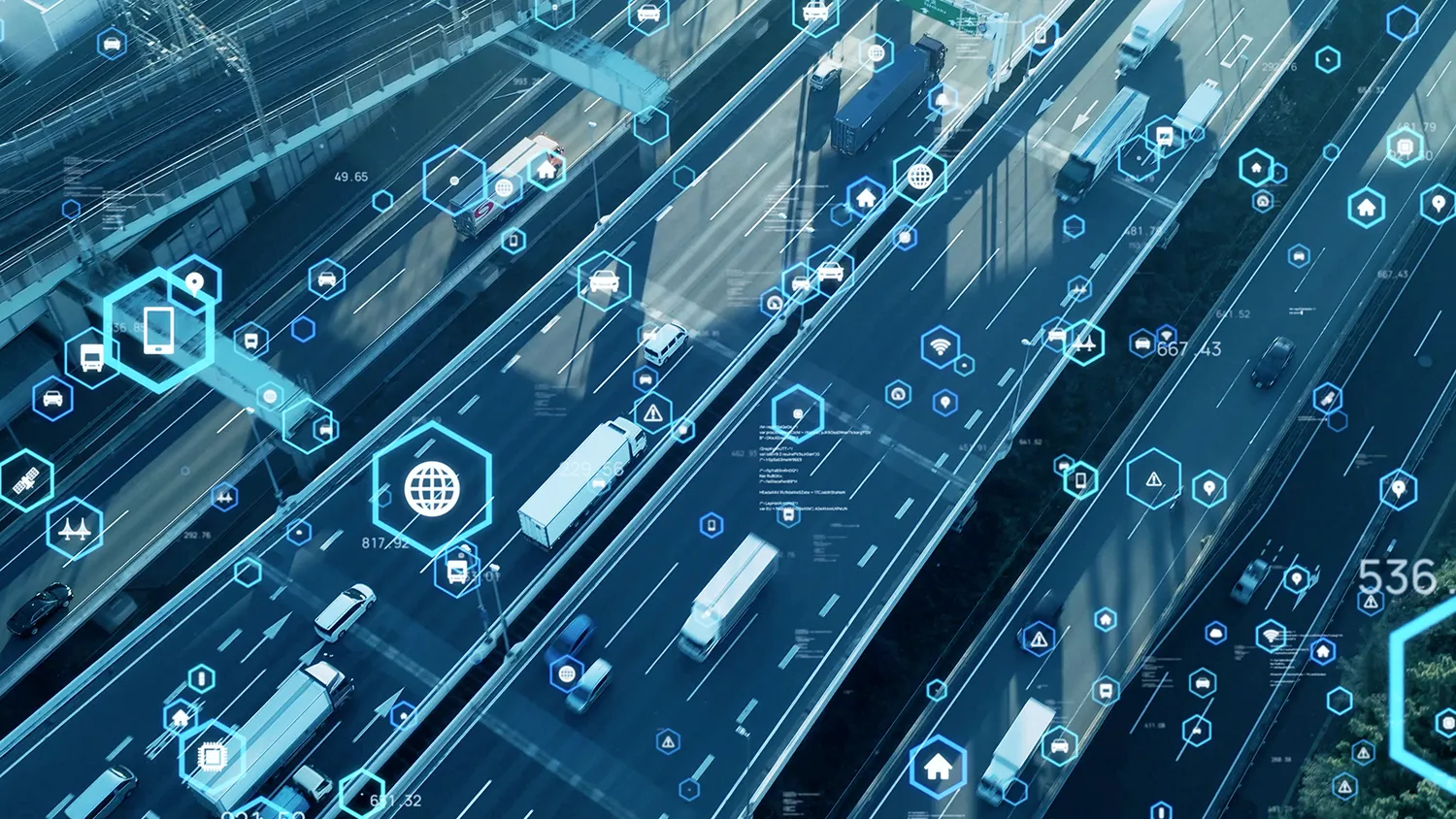
By 2030, the technology could be exported to BRICS nations as they seek alternatives to U.S. and European digital infrastructure. Moscow’s example illustrates how a digital twin can become a city’s nervous system—preventing utility failures and enabling long-term energy planning. The system already saves the city up to one billion rubles annually through data-driven management and automation.
This success sets a national benchmark. The next step could be a unified platform to manage urban development across all major Russian cities.


